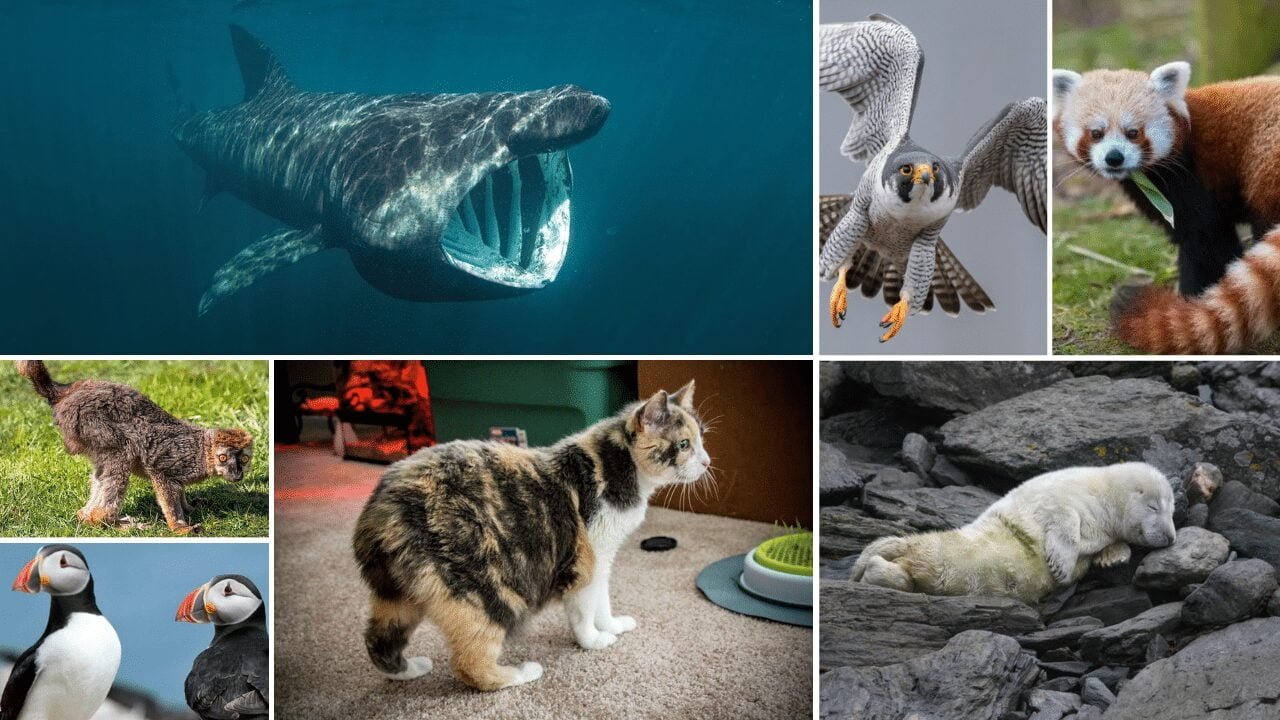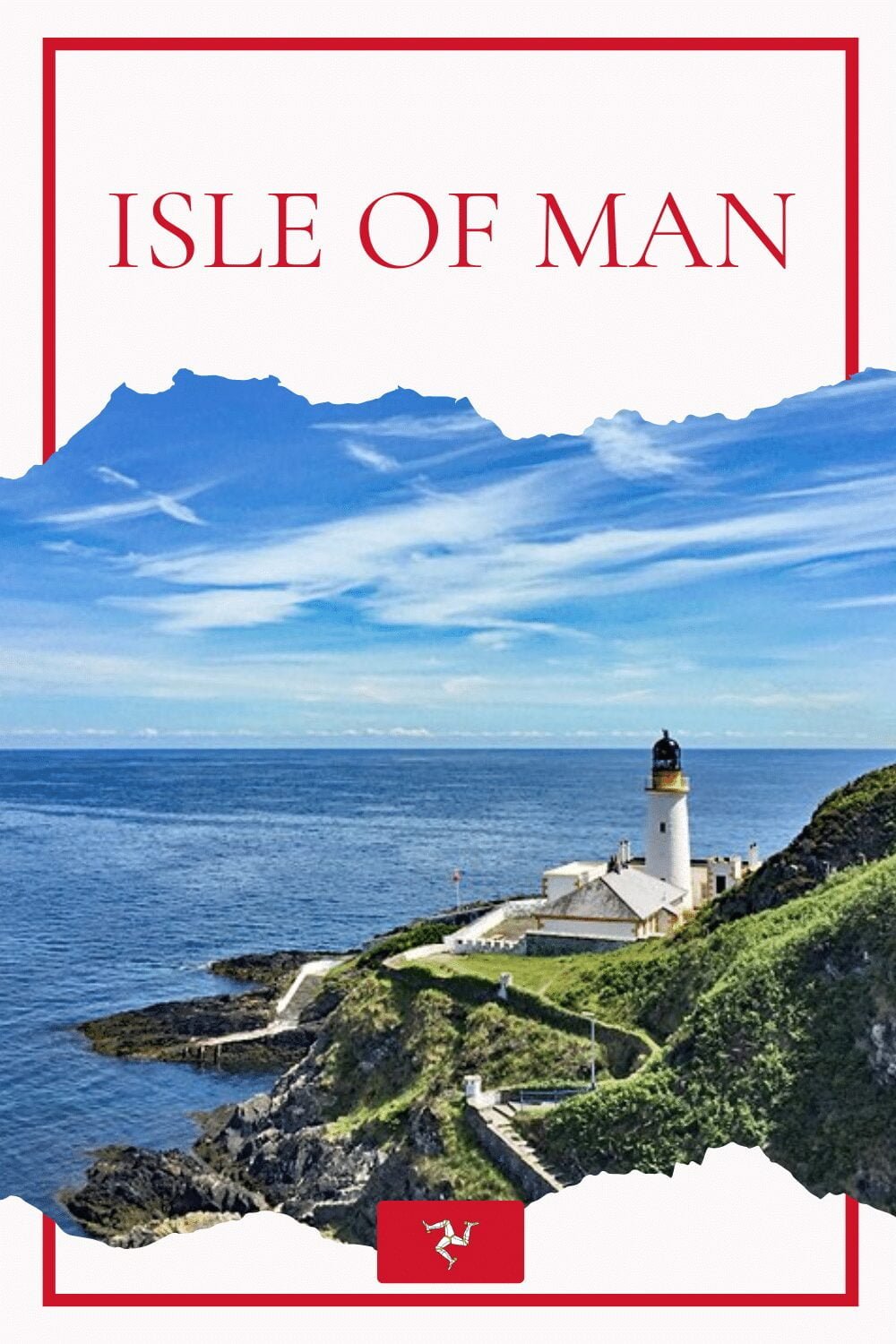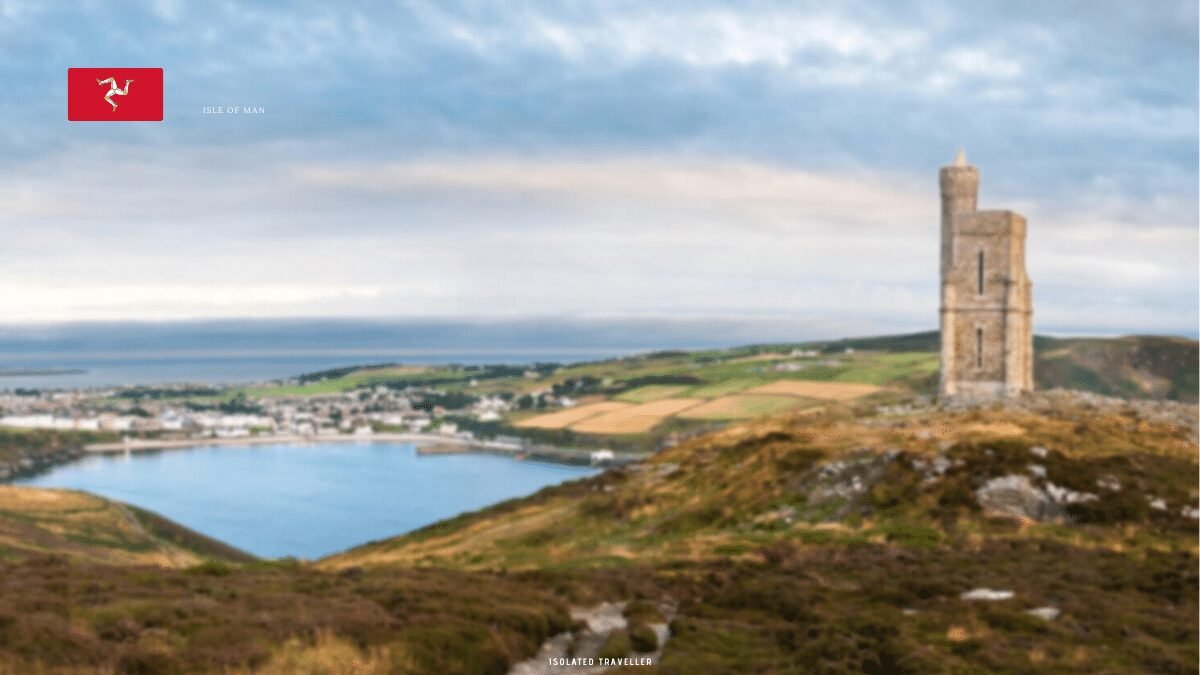Isle Of Man
The Isle of Man is a self-governing British Crown dependency located in the Irish Sea between Great Britain and Ireland. With an estimated population of around 85,000 people, the island covers an area of approximately 572 square kilometres and has a diverse landscape that includes rugged coastlines, rolling hills, and mountainous terrain.
The Isle of Man has a long and rich history, dating back to the Neolithic period. Throughout its history, the island has been ruled by various powers, including the Vikings, the Scottish, and the English, but it has maintained its own distinct cultural identity.
The Isle of man is known for its natural beauty and wildlife, as well as attractions such as historical sites, museums, castles, and wildlife reserves. The Isle of Man is also famous for the TT motorcycle races, which take place every year on the island’s roads. The island has a unique political status, with its own government and laws, but it is also part of the British Isles and has close ties to the UK.
The Isle of Man has its own government and laws, but it is also part of the British Isles and has close ties to the United Kingdom. The island’s currency is the British pound, and it is not a member of the European Union; however, it has a special relationship with the EU that allows it to participate in certain EU programmes and policies.
Interesting Facts About Isle of Man

Geography
The terrain on the island is rugged and mountainous, with Snaefell at 621 meters as the highest point. The northern part of the island is dominated by hills and moors, whereas the southern part of the island has a flatter landscape with sandy beaches and bays.
The climate on the Isle of Man is mild and temperate, with cool summers and mild winters. Rainfall is evenly distributed throughout the year, and snowfall is uncommon.
The northern part of the island is dominated by hills and moors, with large open areas popular with hikers and walkers. The island’s centre is more mountainous, with Snaefell and other peaks dominating the skyline. The island’s southern region is flatter and more fertile, with sandy beaches and bays, and is home to the majority of the island’s towns and villages.
The island’s coastline is diverse, with rocky cliffs, sheltered coves, and sandy beaches. Water sports enthusiasts, such as surfers, sailors, and kayakers, flock to the coastline. The Isle of Man is also known for its glens, which are narrow valleys found throughout the island. Many of the glens are popular walking and picnic spots because they have waterfalls, streams, and wildlife.
The varied landscapes of the Isle of Man provide a rich and diverse habitat for wildlife, with many species of birds, mammals, and plants flourishing.
Where Is The Isle Of Man?
The Isle of Man lies in the Irish Sea, between the United Kingdom to the east and Ireland to the west. About 32 miles west of the English coast and about 20 miles south of the Scottish coast. More About Where is the Isle of Man?
Wildlife
Despite its small size, the Isle of Man, located in the Irish Sea between Great Britain and Ireland, has a diverse range of wildlife. The island’s diverse landscape, which includes rugged coastlines, rolling hills, and wooded areas, provides a habitat for a wide range of species.
Seabirds such as puffins, guillemots, and razorbills, as well as birds of prey such as peregrine falcons and hen harriers, will delight bird watchers. The waters around the Isle of Man are a popular feeding ground for basking sharks, the world’s second-largest fish, and seals, including the common and grey seals, can be found basking on the rocky shores. Otters are known for their playful behaviour and can be seen in the island’s rivers and streams.
The island is home to a population of red squirrels, which are native to the UK but have become rare on the mainland due to competition from grey squirrels. These are just a few examples of the amazing wildlife found on the Isle of Man.

History
The history of the Isle of Man dates back to the Neolithic era. Humans have lived on the island for thousands of years, and it has been ruled by various powers throughout its history.
The Vikings were the first to settle permanently on the island, which they named “Mann” or “Man.” Because of its location in the Irish Sea, the island served as a strategic base for the Vikings, who used it as a launching point for raids on neighbouring lands.
The Isle of Man was later ruled by the Scottish and English, and in the 14th century, it became a Crown dependency of the British Crown. Throughout its history, the island has maintained a degree of autonomy, with its own government, laws, and language. (Manx Gaelic).
Many significant historical events occurred on the island, including the Battle of Sky Hill in 1079 when the Manx defeated the Vikings; the arrival of the first printing press in 1775; and the construction of the Isle of Man Railway in the late nineteenth century.
Many famous people have lived on the Isle of Man throughout history, including poet and novelist T.E. Brown, artist Archibald Knox, and motorcycle racer Joey Dunlop.
The Isle of Man is now a modern, prosperous society with a diverse cultural heritage. The Manx Museum in Douglas and Castle Rushen in Castletown are two of the island’s museums, galleries, and historical sites celebrating its history and culture.


